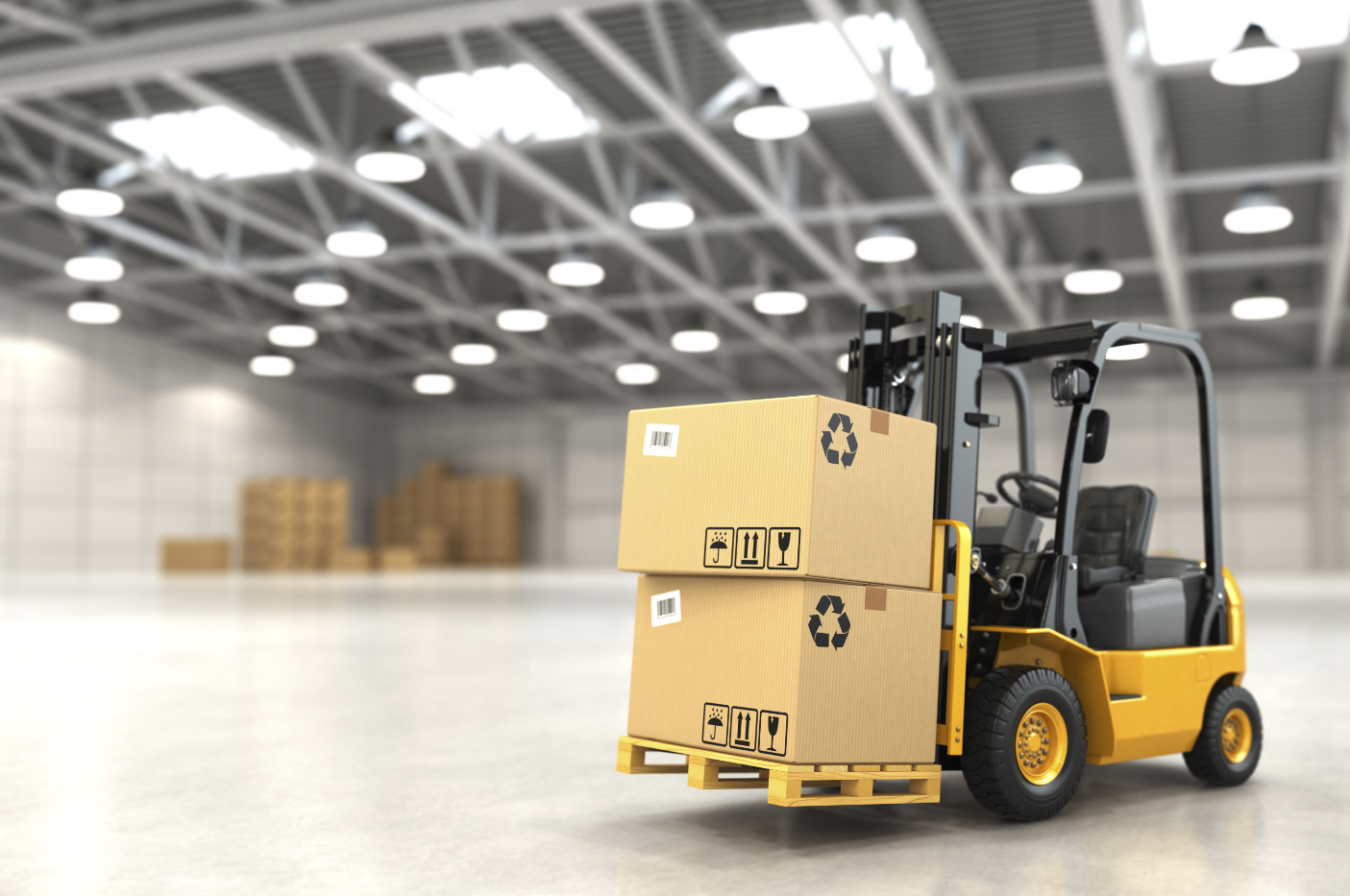For fast-transit and economical LTL delivery, trust our Expedited LTL service to take care of you and your customers. Palletized or non-palletized, two levels of service in our extensive network, there is a choice for you.
Priority Service
When you need an LTL freight service to increase your speed to market, you've got one in our Priority Service. When you our fast transit times with our proven reliability and extensive coverage, you've got just what you need to achieve your goals
- Best transit times in the market
- Close of business delivery for delivery by 5 p.m. on the standard delivery date.
- All-points coverage nationwide.
Guaranteed Service
Same transit time, but guaranteed
- Money back guaranteed option available on most lanes
- A.M. delivery available on some markets


Common questions about LTL:
- Industrial equipment and supplies
- Paper and plastics
- Automobile parts
- Consumer goods
- Computers
- Electronics
- Pharmaceutical products
- Telecommunications products
- Raw materials
LTL freight carriers use several variables to determine how much to charge you for your LTL freight shipment. One is freight classification or freight class — a category assigned to the commodity being shipped.
Each commodity is assigned to one item number (which describes the commodity) for which there is a corresponding freight classification. These item numbers and the freight classes are determined by the National Motor Freight Traffic Association, Inc. (NMFTA), a nonprofit membership comprising motor carriers and transportation companies operating in interstate, intrastate and foreign commerce.
The NMFTA groups commodities into one of 18 classes — from the lowest classification of 50, to the highest classification of 500 — based on their evaluation of four transportation characteristics:
- Density
- Stowability
- Ease of handling
- Liability
- Length 48", Width 40", Height 28" (22" plus 6" of pallet)
- 48" x 40" x 28" = 53,760 cubic inches
- Convert to Cubic feet by dividing by 1728
- 53760 ÷ 1728 = 31.1 cubic feet
- The density equals the weight, 110 lbs (80 lbs for the carton and approximately 30 lbs for the pallet), divided by the cubic dimension
- 110 ÷ 31.1 = 3.54 lbs per cubic feet
- When pieces fit squarely within the edges of the pallet.
- When height and width of shipment pieces are similar.
- When individual pieces in a load exceed 100 lbs.
- When individual pieces are less than 84" high.
- When pieces are light enough to be stacked on top of heavier goods
- When a shipment isn’t large enough to fill the surface of a pallet
- When containers have considerable air space and can crush easily
- When the sides of the cartons overhang the sides of the pallet
